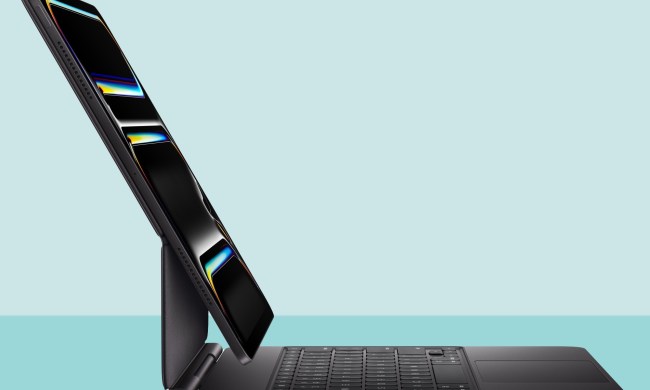
Adobe Lightroom is getting one step closer to allowing photographers to ditch the computer entirely. On Tuesday, December 10, Adobe launched a handful of updates for Lightroom CC, including the ability to skip the camera roll and import photos directly on iOS.
Previously, importing photos to Lightroom on iOS or iPadOS from a camera or memory card required that the photos first be added to the camera roll. That meant those files took up space in two places, on both the device itself and the Creative Cloud, while also adding extra steps to the import process.
After releasing a sneak peek of the feature last month, the direct import option is now rolling out to iOS and iPadOS. Adobe says the option is made possible by an update to iOS and iPadOS 13.2. Using an SD or USB 3.0 adapter on iOS or a USB-C card reader on the iPad, RAW photos can now head straight to Lightroom without being duplicated in the camera roll. After import, users can edit full-resolution RAW files with the same conversion tools as Lightroom CC for desktop, Adobe says.
The update also includes new options for exporting images, with the option to save files as DNG, JPEG, or TIF files. Photographers also now have more choices in the metadata, watermarking, file naming, sharpening, and color space in the new export window.
Adobe also added the ability to create shared albums form any device that can access Lightroom CC, including desktop computers and smartphones using the free version of the app.
Adobe also announced today that Lightroom can now be purchased directly through the Microsoft Store.
Photography is becoming increasingly mobile, yet a few key features are keeping some photographers from leaving their laptops behind. A more streamlined import process and additional export options help close the gap a bit, but Adobe is still working on bringing Photoshop for iPad up to speed with the desktop software.
The desktop-only Lightroom Classic still has a few features that the all-device Lightroom CC doesn’t, such as creating a slideshow or creating export presets, but that list of missing features is becoming increasingly shorter with each update.



